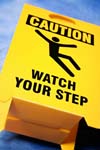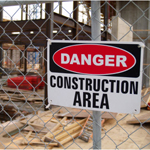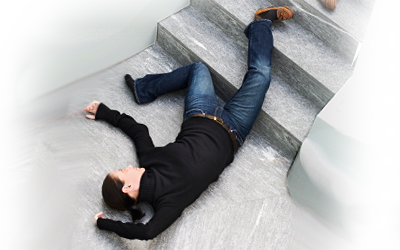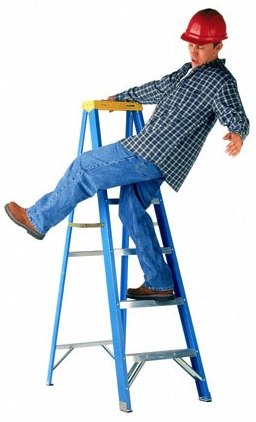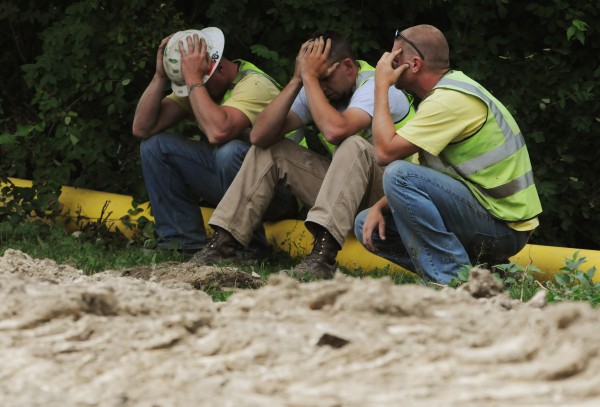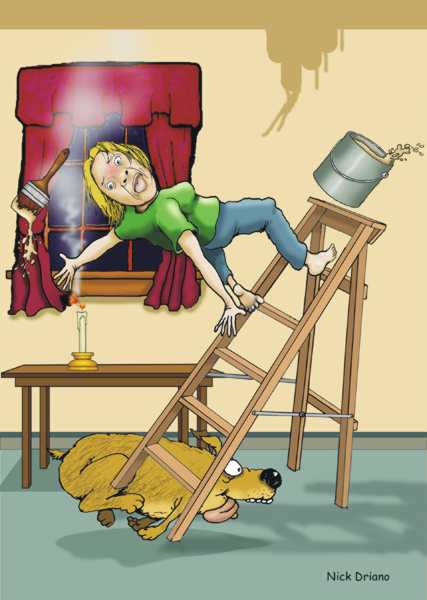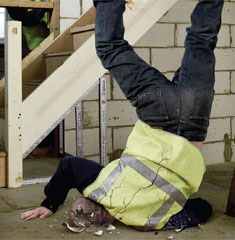 Six out of every 10 falls happen at home, where we spend much of our time and tend to move around without thinking about our safety. Many falls could be prevented by making simple changes in your living areas, as well as personal and lifestyle changes.
Six out of every 10 falls happen at home, where we spend much of our time and tend to move around without thinking about our safety. Many falls could be prevented by making simple changes in your living areas, as well as personal and lifestyle changes.
Take steps to “fall proof” your home, both inside and outdoors. To make your home safer, you can
- remove or avoid safety hazards
- improve lighting
- install handrails and grab bars
- move items to make them easier to reach
via NIHSeniorHealth: Falls and Older Adults – Fall Proofing Your Home.

